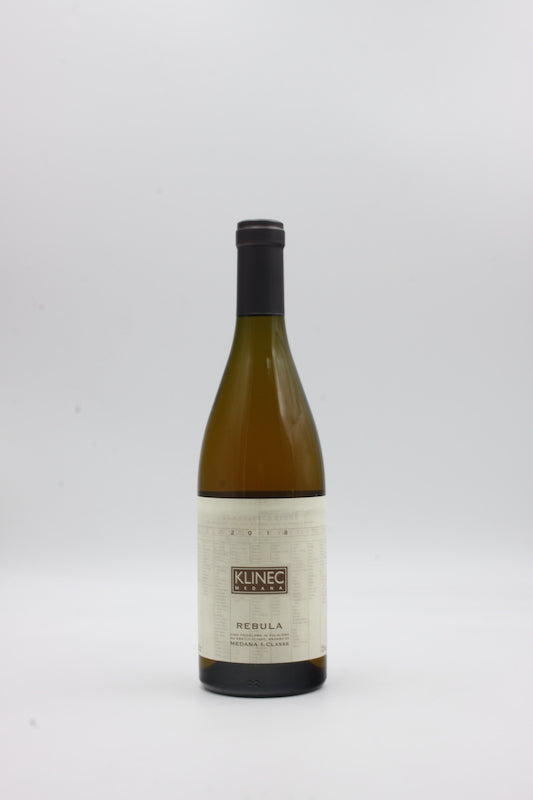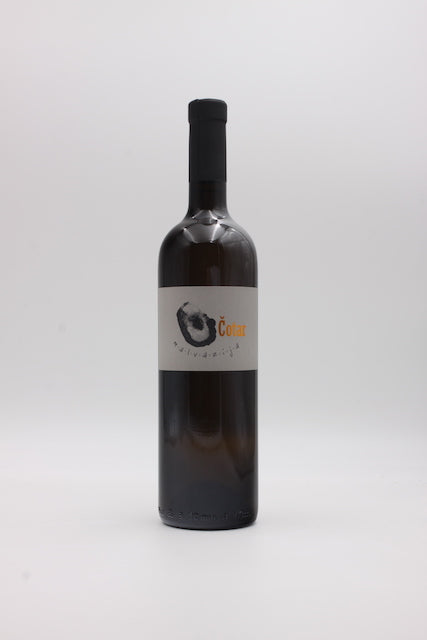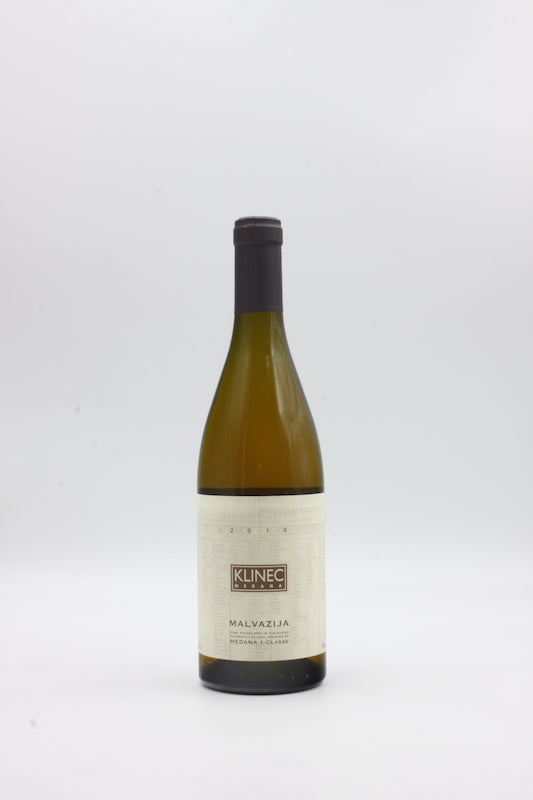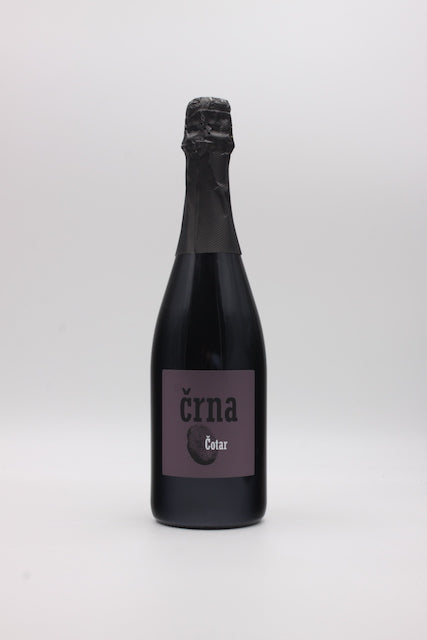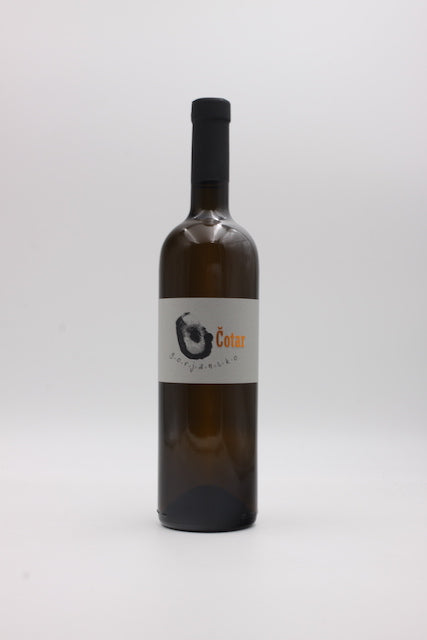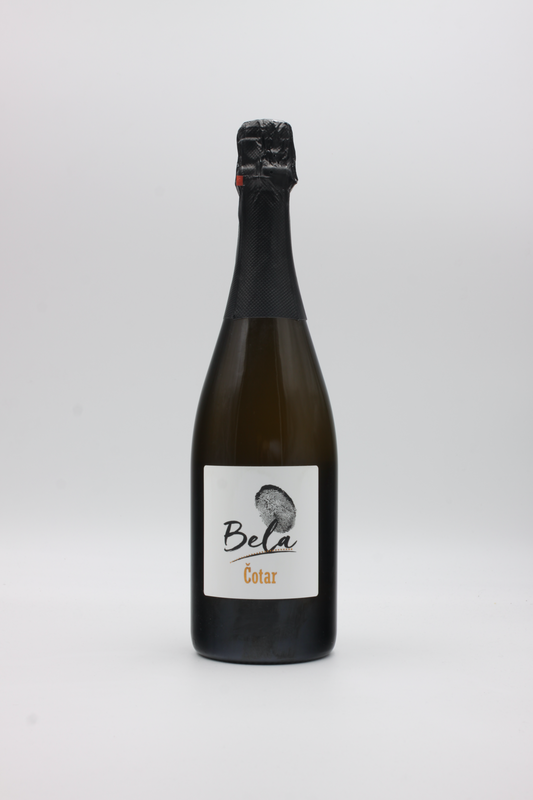Free shipping within Austria from € 99
Free shipping to Germany from € 120
Shipping costs within the EU
Payment methods
Friuli & Slovenia – In border territory
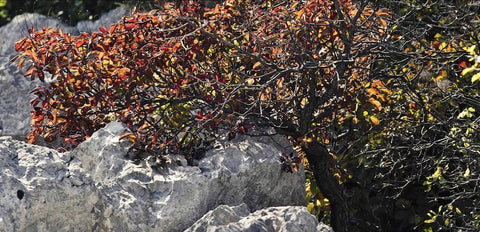
People who grew up in the Italian-Slovenian border region over the past century have experienced quite a lot politically in this long-contested area. A winemaker living in Slovenian Plesivo, just 100 meters from the Friulian border, told us some time ago that his grandfather was born into the Austro-Hungarian Empire but planted his first vineyards as an Italian citizen. He passed them on to his son, who continued tending them as part of his Yugoslav estate, which then began producing Slovenian wines starting in 1991. Anyone attempting to define a national identity under such historical conditions will need a great deal of patience.
Culturally, the situation is simpler. For example, all Slovenian winemakers from the Collio and Karst regions known to us speak Italian. The reverse is not always true, but often enough. Especially since the border was reduced to just a line on the map with Slovenia’s accession to the EU, there has been a lively exchange between winemakers on both sides. They build on the same traditions, use the same grape varieties, work the same soils, and enjoy the same climatic conditions, and occasionally even form cross-border groups and organize joint tastings.
In short: they share a great deal and differ only in small details. Which brings us to include the wines of Aleks Klinec from Medana in Goriška Brda and the Čotar family from Gorjansko in the Slovenian Karst in our review of Friuli.
After trying to sum up the complex circumstances in just a few sentences, here are a few simpler but wine-specific insights.
The Friulian-Slovenian borderland is not the birthplace of skin-fermented white wines, but it has long set the qualitative standard for them.
The Karst and the Collio have, in proportion to their vineyard area, one of the highest densities of excellent natural winemakers in the world.
Broadly speaking, the border region can be divided into three small but qualitatively significant areas: Karst, Collio/Goriška Brda, and Colli Orientali.
The Karst, the closest to Trieste—the undisputed center of the region—is unique in multiple ways. Its limestone cliffs and caves, underground rivers and small gorges, combined with its sparse vegetation, form a kind of natural aesthetic manifesto. Whipped by the Bora wind, which regularly sweeps across the land, winemaking here becomes a battle against the elements. The wind strips away the soil, often leaving vines to root directly in bare rock. Despite the extreme conditions, wine has been cultivated here since Roman times—and repeatedly since. An unmistakable sign that, if one can master the forces of nature, the reward is exceptional wine. Alongside the distinctive terroir, this is thanks to a dozen or so excellent winemakers and three key grape varieties: Malvasia Istriana and Vitovska for whites (especially exciting when skin-fermented into orange wines) and Teran for reds. The best expressions of the two white varieties—when allowed a bit of skin contact—rank among the most thrilling wines in Italy.
The Collio lies immediately north of the Karst, yet differs in many ways. The sea is further away, and both soils and grape varieties change. Here, vines take root in Ponka, a mix of marl, clay, and sand (though this composition can vary greatly depending on pH levels, iron content, and more). Among native varieties, Malvasia, Ribolla Gialla, and Friulano dominate—joined by a few naturalized ones, with Pinot Grigio showing surprising potential when properly vinified.
The best white wines here also spend some time on the skins, showing how proper vinification can counteract the often-aromatic blandness of, for example, quickly pressed Friulano. A prime example of this is the wines of Nikolas Juretic.
The red wines of the Collio are almost exclusively based on Merlot and Cabernet, and in their best interpretations deliver truly impressive results.
In the Colli Orientali, the influence of the sea is increasingly faint, although it’s still visible from high-altitude vineyards. Here, the region’s strengths lie less in extraordinary soils (mostly marl with some sand) or dramatic weather and more in its broader diversity of native grape varieties. Alongside Verduzzo Giallo and Picolit, it’s the four red varieties—Schioppettino, Tazzelenghe, Refosco, and Pignolo—that make Colli Orientali both a counterpoint and a compelling, versatile complement to the other two zones.

